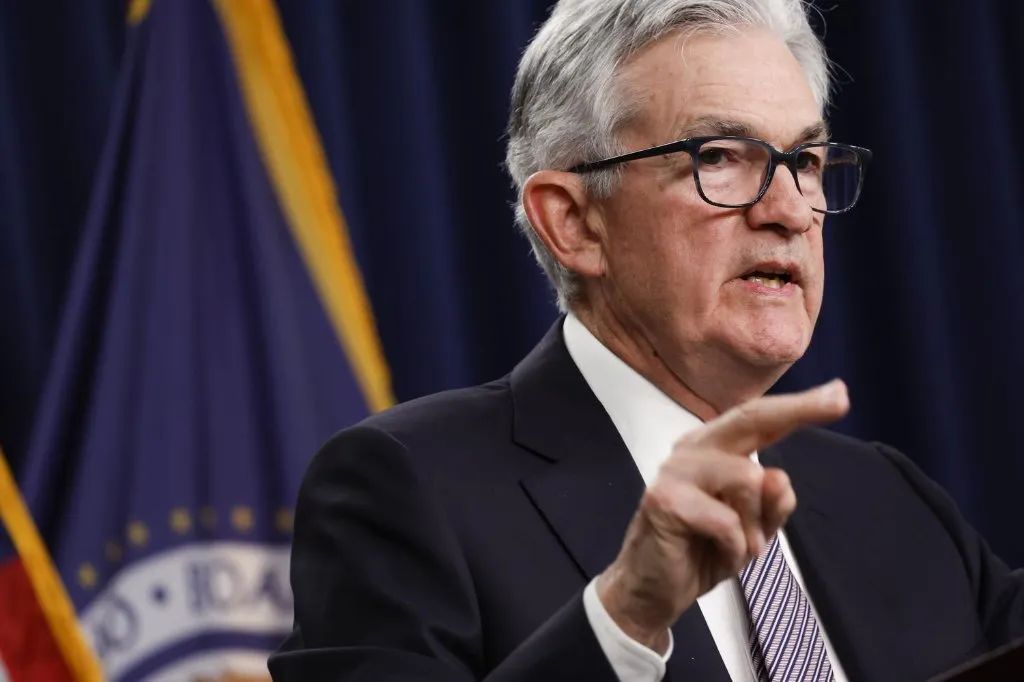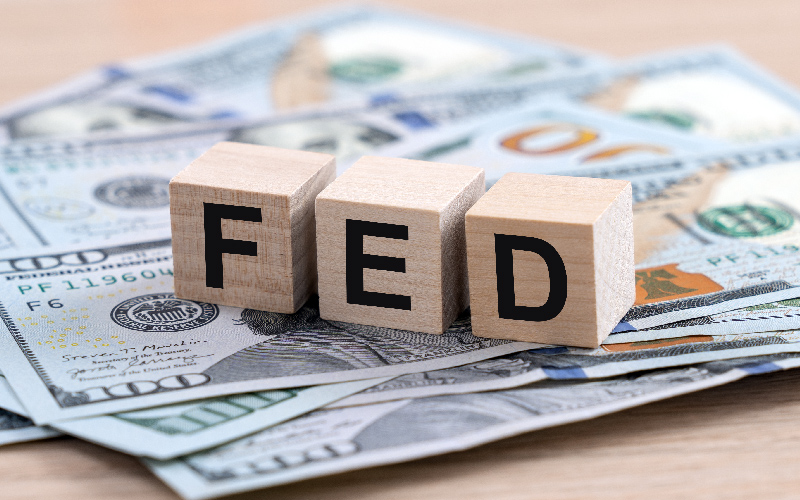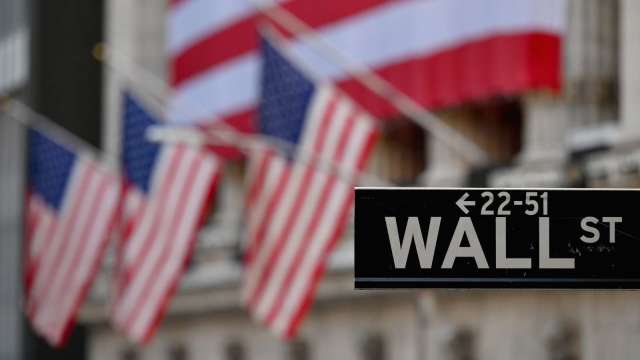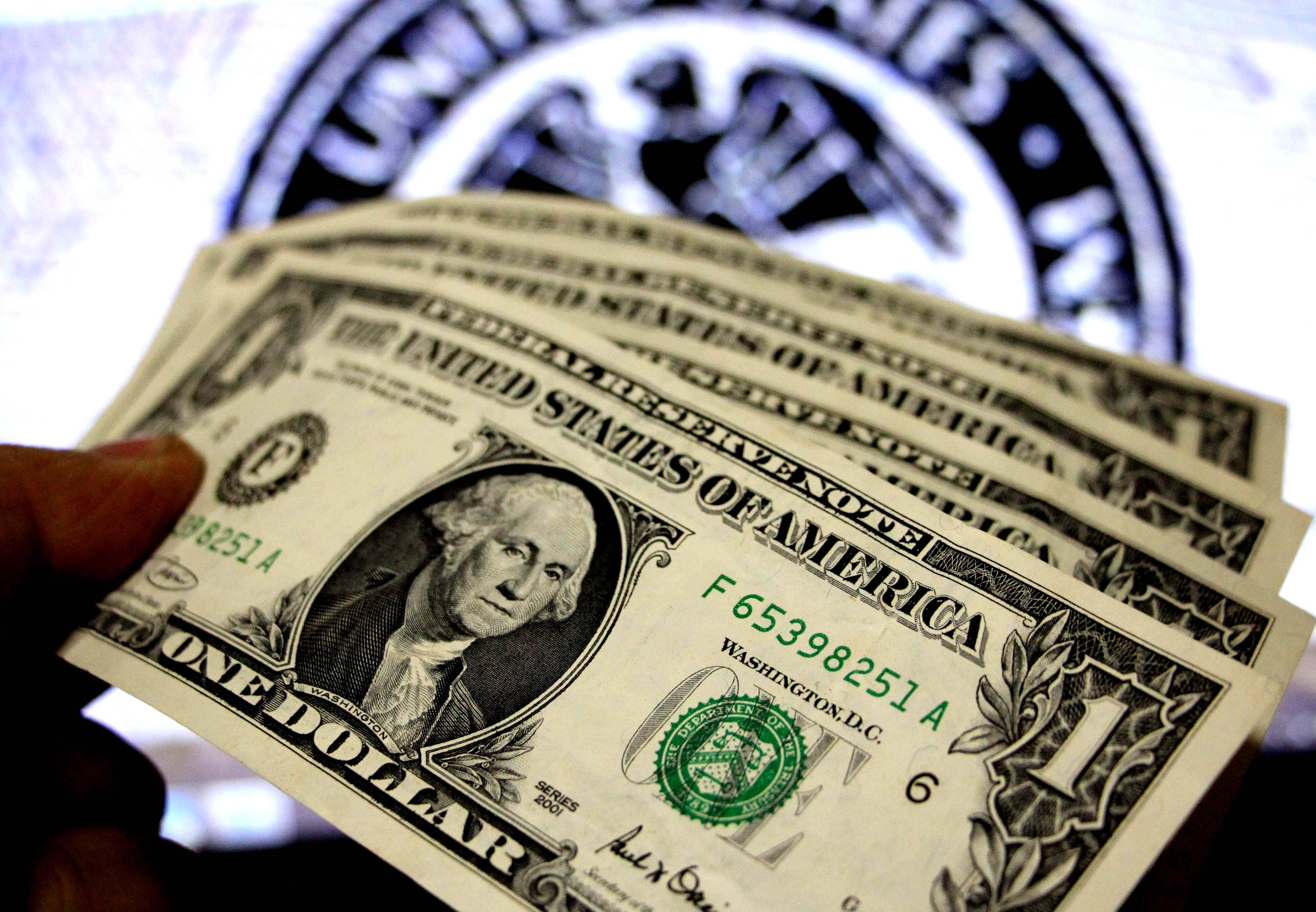Will July be the last of the Fed's current rate hike cycle?
At 14:00 p.m. Eastern Time on Wednesday, July 26 (02:00 a.m. Beijing Time on Thursday, July 27), the Federal Reserve's Monetary Policy Committee FOMC announced after the meeting that it would raise the target range of the federal funds rate to 5.25 to 5.50 percent, a 22-year high, with a 25 basis point rate hike in line with market expectations.
This is the Fed's continued pace of interest rate hikes after the suspension of interest rate hikes in June, and it is also the eleventh action in this cycle of interest rate hikes.

Federal Reserve Chairman Powell said at a press conference that for the September meeting, we need to see more data before making a decision. If the data is supported, we may raise interest rates again in September.
Powell believes that this year will not cut interest rates, he also reiterated the “higher, longer” posture, and warned that the market is too optimistic, will force the Fed to tighten more. “Financial conditions such as the US dollar and the stock market are ‘relaxing'. We will consider financial conditions. If necessary, we will be tighter to ‘hedge' the relaxation of financial conditions.”
A Wall Street Journal reporter known as the “New Federal Reserve News Agency” said in an article published after the press conference that the differences within the Fed have not been bridged: some Fed officials said that they may be more willing to raise interest rates again at the September meeting. However, officials who believe that the impact of the Fed's interest rate hike has not yet been fully apparent are more likely to wait until November or December to decide whether the next rate hike is appropriate.

#01
# Reiterate possible degree of additional austerity
Compared with the last meeting statement in June, the Fed's post-meeting resolution statement changed very little. The biggest difference is that in terms of interest rate guidance, it said it would continue to evaluate the new information and its impact on monetary policy.
Following the above sentence, the Fed reiterated the June wording: “In order to judge the degree of additional policy tightening that may be appropriate to return inflation to 2% over time, the (FOMC) Committee will consider the cumulative tightening of monetary policy., The lag of monetary policy affecting economic activity and inflation, and changes in economic and financial conditions.”
The statement goes on to reiterate that if there are risks that could prevent the Fed from reaching its inflation target, the Fed is prepared to adjust its policy stance appropriately if needed, “with a firm commitment to bring inflation back down to the 2 percent target.”
When evaluating the economy, the statement said that recent indicators show that economic activity has been expanding at a moderate pace.
Powell said that the Fed no longer believes that the U.S. economy will fall into recession, and the soft landing path still exists.

#02
# There is still a long way to go before the 2% target
On inflation in the United States, Powell reiterated that the Fed is committed to a dual mission and is committed to getting inflation back to 2 percent.
He said that the process of bringing inflation back to 2% still has a long way to go, high inflation has brought major difficulties, and long-term inflation expectations are still “deeply rooted”.
Powell believes that over time, the U.S. economy will grow more strongly in the future, which may increase inflation or require a policy response.

#03
# Interest rates and will remain for a longer period of time, no rate cut during the year
On the current rate hike cycle, Powell said the Fed's monetary policy is working and is in line with expectations. However, the full impact of the interest rate hike has not yet appeared, and it will take time to achieve the full effect.
He emphasized that the FOMC will consider the cumulative policy tightening effect and lag, but there is a lot of uncertainty and controversy about the maintenance time of the lag period.
Powell said that the FOMC believes that the current monetary policy is restrictive, that interest rates need to be kept at a high level “for a period of time” and that inflation needs to continue to be resisted, which also needs to be maintained for a period of time.
On tapering, Powell said that interest rate adjustments and tapering are independent and that the Fed may cut interest rates at the same time as tapering.
Powell said that when determining when to cut interest rates, you need to consider both the level of inflation and the speed at which inflation is falling: there is a lot of uncertainty about future meetings and even the outlook for next year. I don't think there will be a rate cut this year, which will depend on how confident we are that inflation will fall back to target. However, some FOMC members are expected to cut interest rates next year.

#04
# Market Review: The Last Plus?
Angel Ubide, head of global fixed income economic research at hedge fund Citadel, believes that as the Fed enters the closing stage of the current rate hike cycle, it makes sense to slow down the pace of rate hikes:
“For the last kilometer of the tightening cycle, it makes sense to extend it over time. The Fed is fine-tuning, and they don't know where the exact destination is.”
Frances Donald, global chief economist at Manulife Investment Management, believes that the threshold for the Fed to start cutting interest rates is very high and actual data are needed. These data may be realized by the end of the year, when the Fed may have confidence to better control inflation:
“We now believe the Fed is in a long-term ‘hawkish position. ‘Under our basic assumptions, their next move is likely to be a rate cut, but it won't be seen until 2024. Nevertheless, Powell has no choice but to continue to warn the market about a possible rate hike, so as not to encourage the market to prematurely digest the rate cut and reignite inflation expectations.”
Sonu Varghese, an analyst at asset manager Carson Wealth, said Powell kept his options open, but the Fed was unlikely to raise rates again. Varghese expect inflation reports ahead of the September meeting to show weaker prices.
The Fed wants to see inflation fall, especially core inflation, but they don't necessarily need to see the economy weaken, he said.

(Source: Wall Street)






